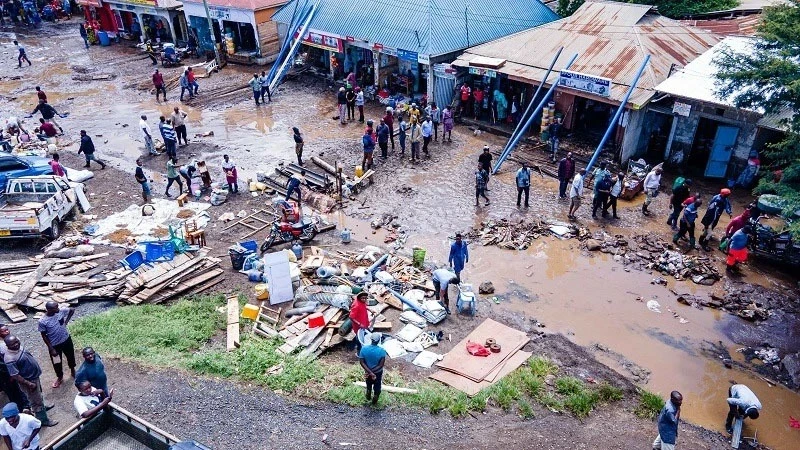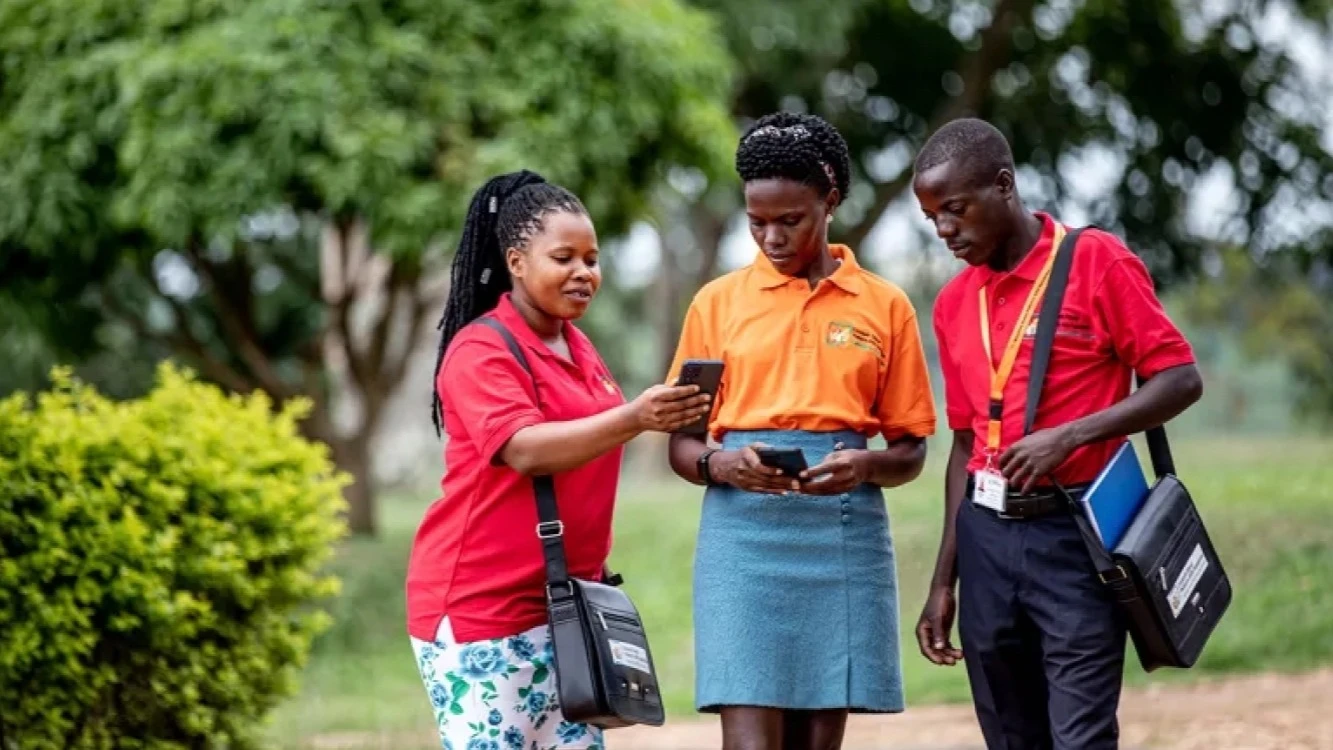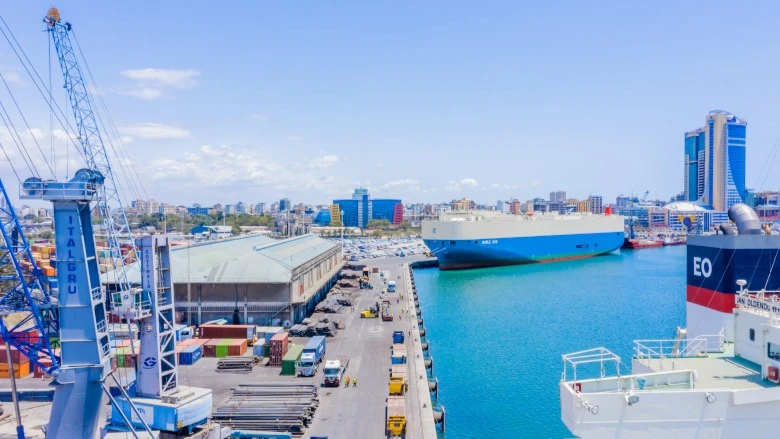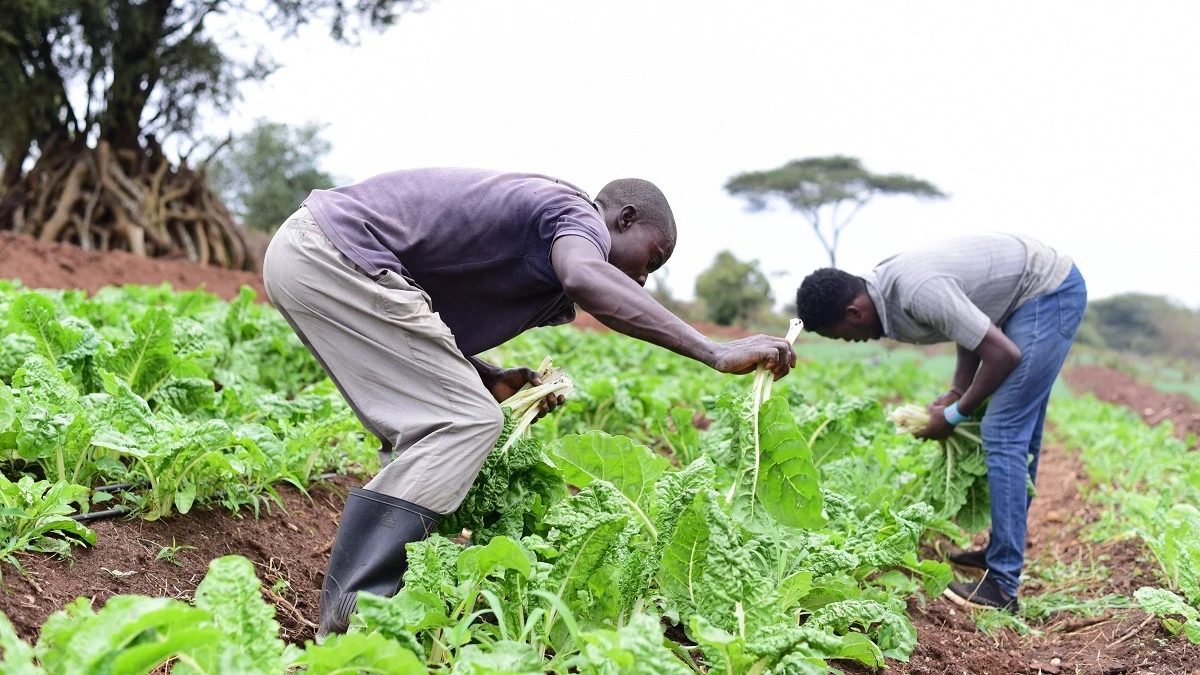Storms, heatwaves: Climate change reaction needs first gear component

WITH each passing day bringing about more storms and devastation either directly from sea currents or from sea-influenced torrential rains, current global wisdom about climate change does not show promise that climate will one day return to normal.
If anything, each new event shows that vast portions of so many countries are becoming increasingly unlivable.
Indeed, no one knows if the storms that descended there back in December would be back a year later or earlier. Resilience is effectively a matter of chance, where one happens to live in a particular country since birth or otherwise.
While there is a lot of pressure on migrants commonly arising from conflicts around the world, there are likely to be greater inward migrations from people being displaced by climate change reducing land use potential.
For Tanzania, experience during the 1970s indicated that people being moved from ancestral areas where land demarcation was clear and guided by decades of laid-down parameters of clan allocation of land suffered heavy damage.
It is becoming normal to see large parts of a city being swept away by rains that raise water levels up to the roof and, unless the bricks are of truly best quality, torrential rains usually induce devastating flooding.
In sum, climate change demands vastly adaptable agriculture, housing and fully insured modes of life, all of which clash with traditional models of society where people are tied to the ground and are insured by their ownership of land at clan or communal level.
This model of economy or demography falls far short of demands arising from climate change, and few countries can cope.
For any community or country to cope, there needs to be a massive influx of capital from outside and the taking up of land in exposed areas.
This is to talk of having the means to engage in smart farming or any other type of agribusiness, complete with AI applications that reduce the need for labour layouts.
Any senior official hearing that kind of suggestion would be excused to jump to the conclusion that people will not have land and will thus be thrown into greater poverty, failing to notice that most commodities will be far cheaper.
The clincher could be ensuring that the government has enough revenues to pay subsistence allowances not just for elders but also unemployed youth, a major condition here being the vast mechanisation of agriculture for cheap grain.
The ready assumption might be that people would engage in whatever sphere of the services industry available, without hoping for or expecting handouts.
Additionally, with vast urbanisation, governments would have greater capacity to lease out vast tracts of arid and semi-arid lands for reforestation. Hopefully, much like it was with American civil rights activist and Baptist minister Martin Luther King Jr. during the August 28, 1963 march on Washington for Jobs and Freedom, it is a dream we all have...
Top Headlines
© 2024 IPPMEDIA.COM. ALL RIGHTS RESERVED

















